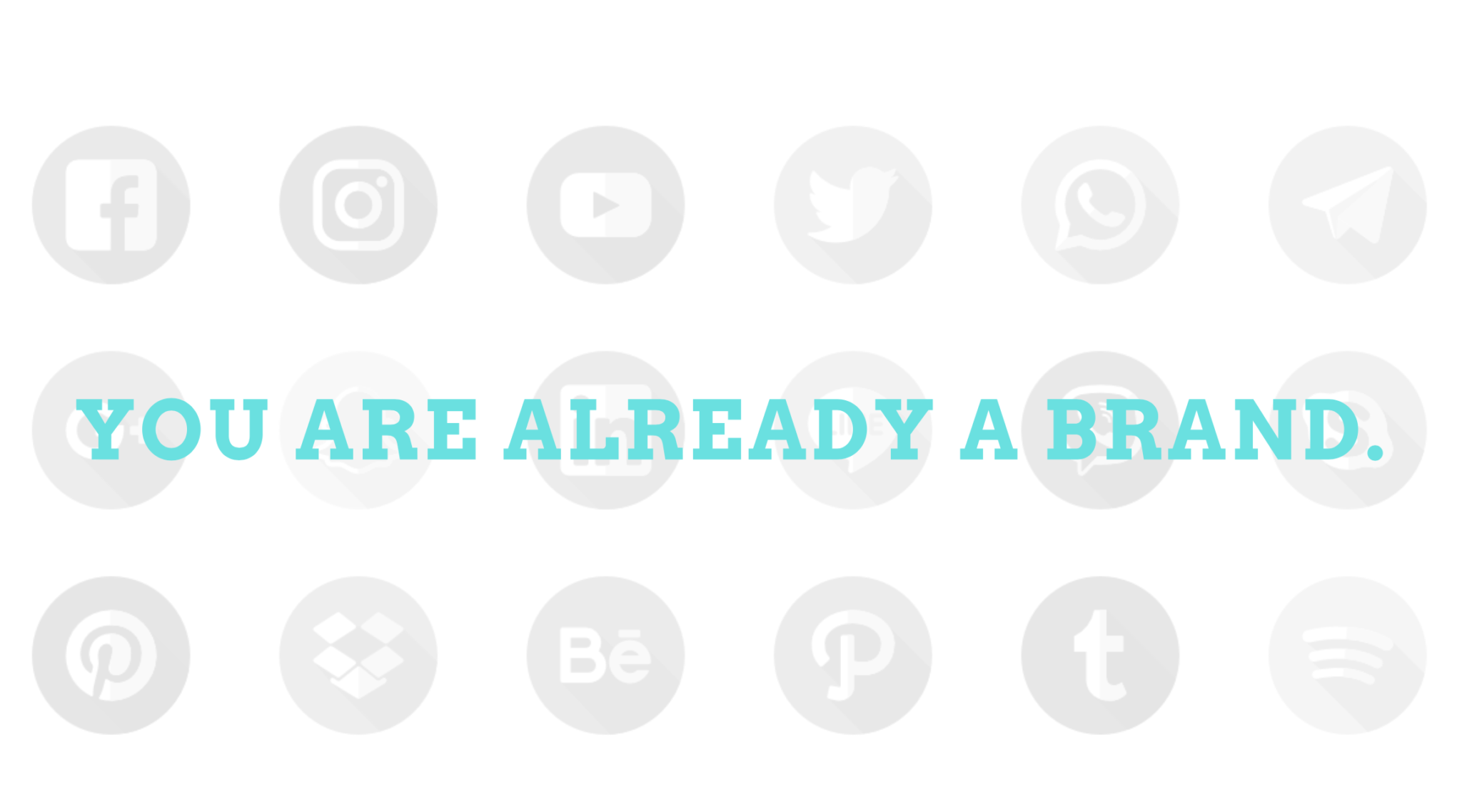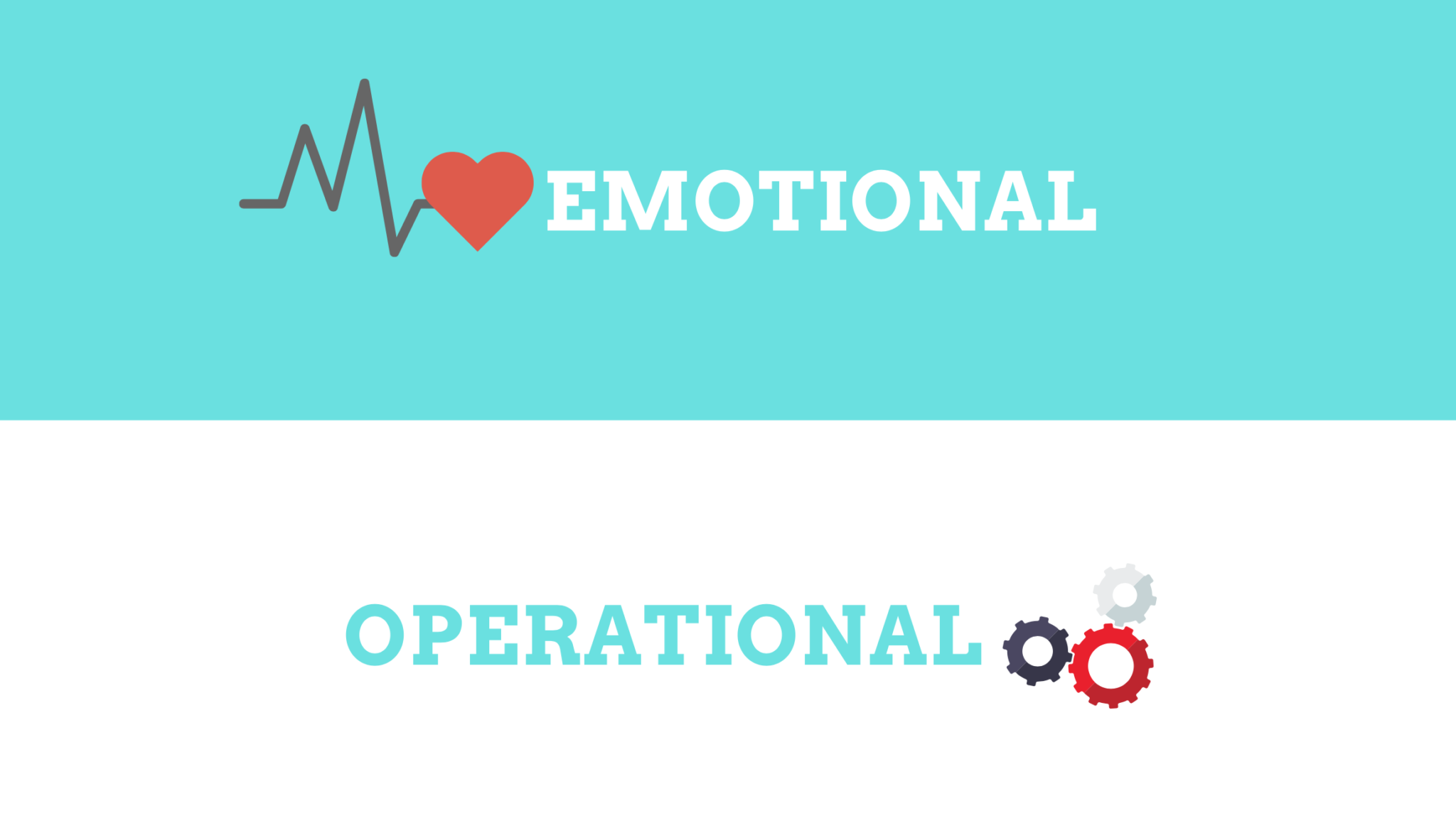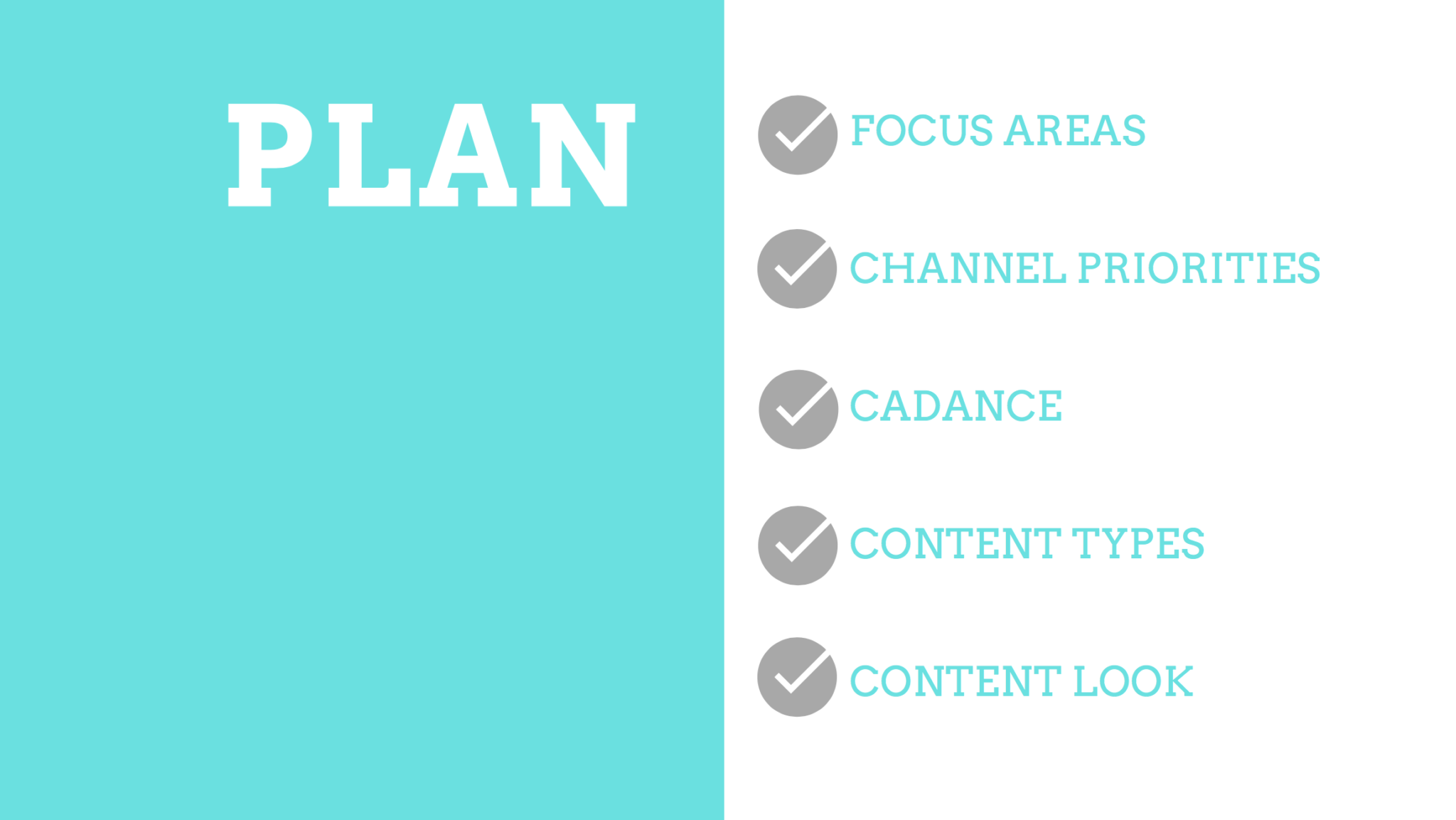13 Milliseconds
That’s how long it takes for your brain to process information according to an MIT study. The test took a series of images and sped them up to see what their test subjects could remember. At 13 milliseconds, people could still recall part of the images they saw. Your brain is making a ton of calculations while forming your first impression of people. In fact, the same areas of your brain that fire when meeting someone new are the same areas that fire when assigning a price or value to an object.
Creating Trust and Value
First impressions are about creating trust and value. We create trust by being our true honest selves. We are consistent in our actions, and we listen as much as we speak. We create value by clearly communicating our interests and skill level. We share thoughts, experiences, and opinions to support our credibility.
Early in my career, I made the mistake of being someone I thought my clients wanted and not my true self. I was very buttoned up and all business–maybe occasional small talk about the weather or weekend plans. As a result, I came off as very transactional, and my accounts did not grow. I was not creating trust or value, and it was an uphill climb to gain those things once their first impression was made. By sharing more of my true self, I could have made better connections – shared interests, experiences, or opinions – that provide familiarity and value to the other party.

You Are a Brand
Take a minute to search for yourself on Google. Look for stories, websites, channels, and images you may rank for. Find anything? Your personal brand is already being created whether you engage online or not, and it’s up to you if you want to shape your own narrative. At Walk West, we take brands through a Social Voice exercise to uncover more of their brand personality. This allows consumers to connect with brands on a deeper level. Given the high frequency and volume of content a brand puts out online, it makes sense to think of them as a living, breathing being rather than a set of core values and mission statement.
There are many parallels to draw from that exercise for personal branding and split them into two main sections: emotional and operational.

Developing Your Plan
On the emotional side, you should select no more than three subject matters you want as part of your personal brand. This is a great time to delve into areas to steer your career or places you want to gain more connections from. Once you have those, map them to each target audience you are speaking to. Are there audiences/subjects where you should dial up or down different aspects of your personality? This doesn’t mean you aren’t being true to yourself. Just as you may act slightly different with your family than your co-workers than your volunteer group – you should consider nuances about your audience and the message you are delivering.
Operationally, you need to decide where you want to engage. Knowing what you’ve decided from the emotional side, brainstorm where your audiences might be or where you can add the most value. Consider only choosing 1-2 primary channels to brand yourself and set boundaries for other channels you want to keep personal. It’s perfectly healthy to keep a channel reserved for close friends and family outside of your brand. LinkedIn may seem like an obvious choice for a primary channel, but really challenge yourself on the subject matter you want to be known for and where others sharing those ideas are currently engaging.

Finally, you want to have consistency with how often you post, what types of content you post, and the look and feel of those. In Part II of this post, we will look at the execution of a personal brand content calendar and convergence across your platforms.
Was this post helpful? Give us feedback on what to include next!

